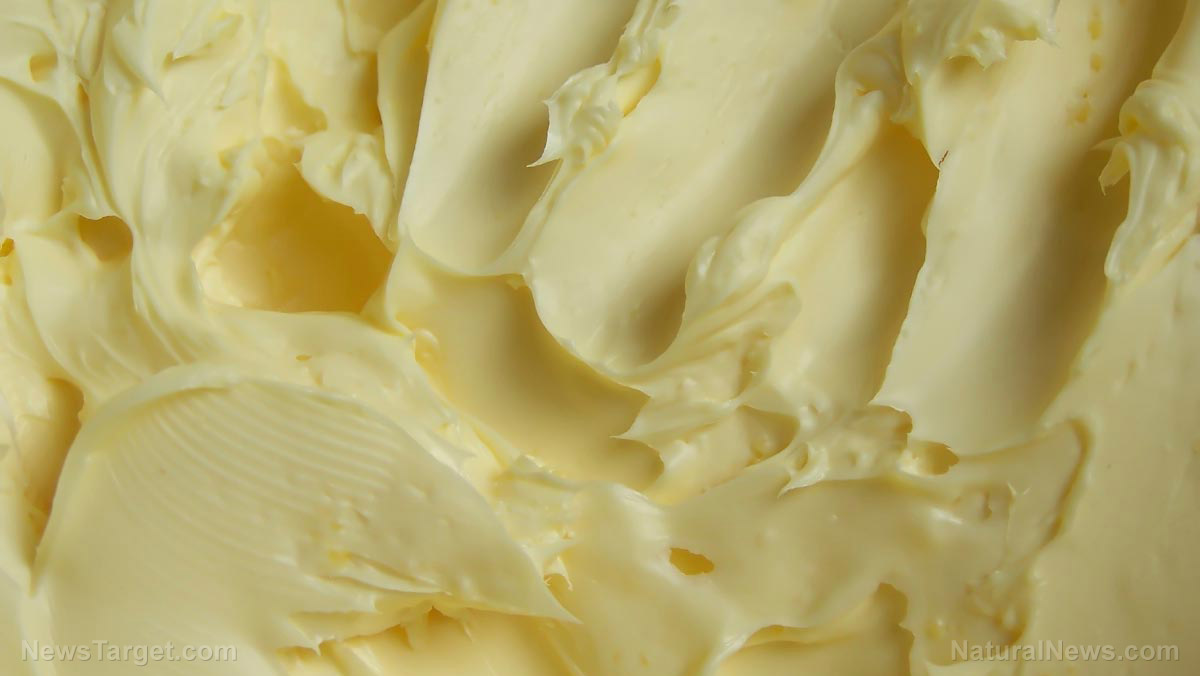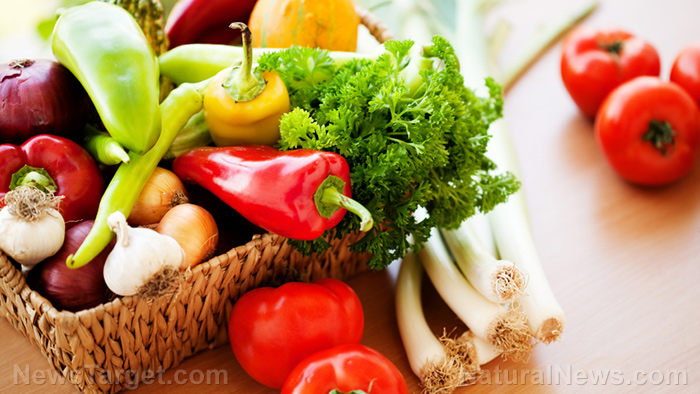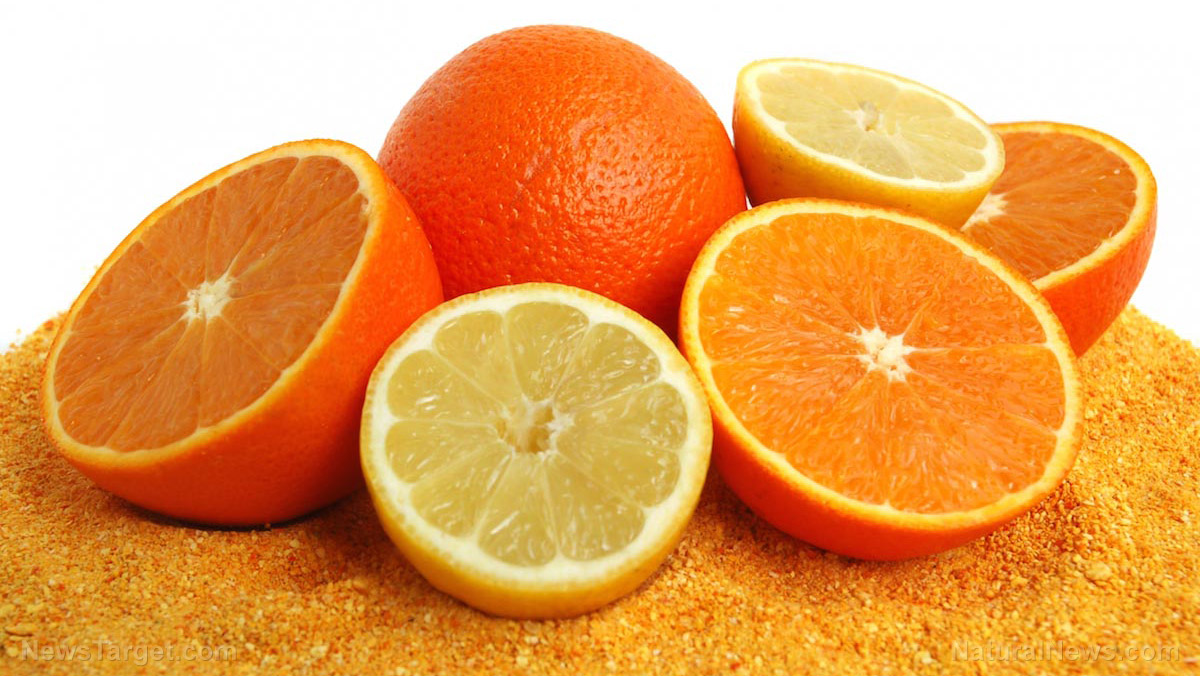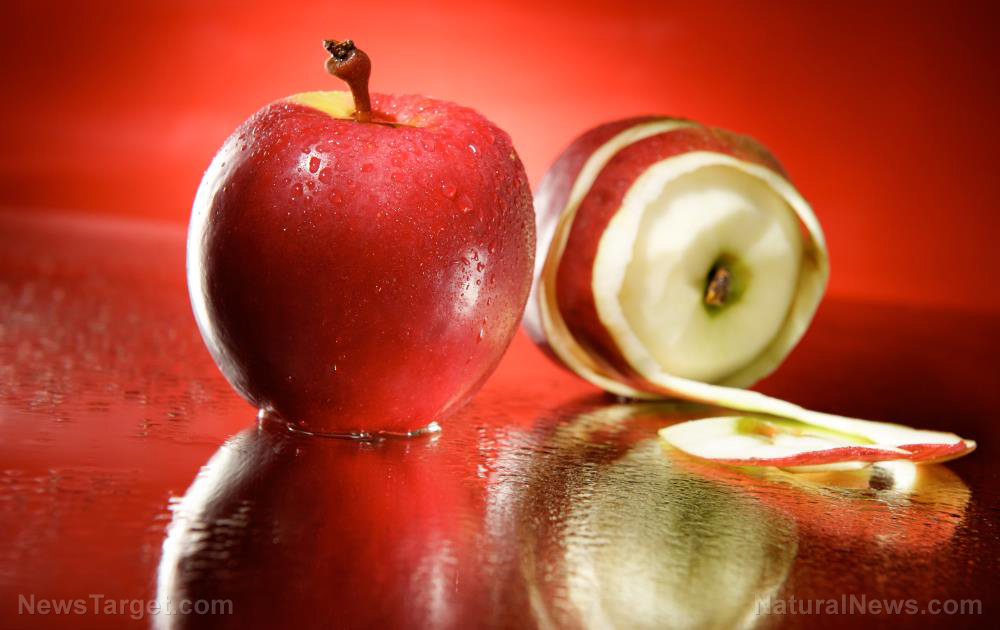 Parler
Parler Gab
Gab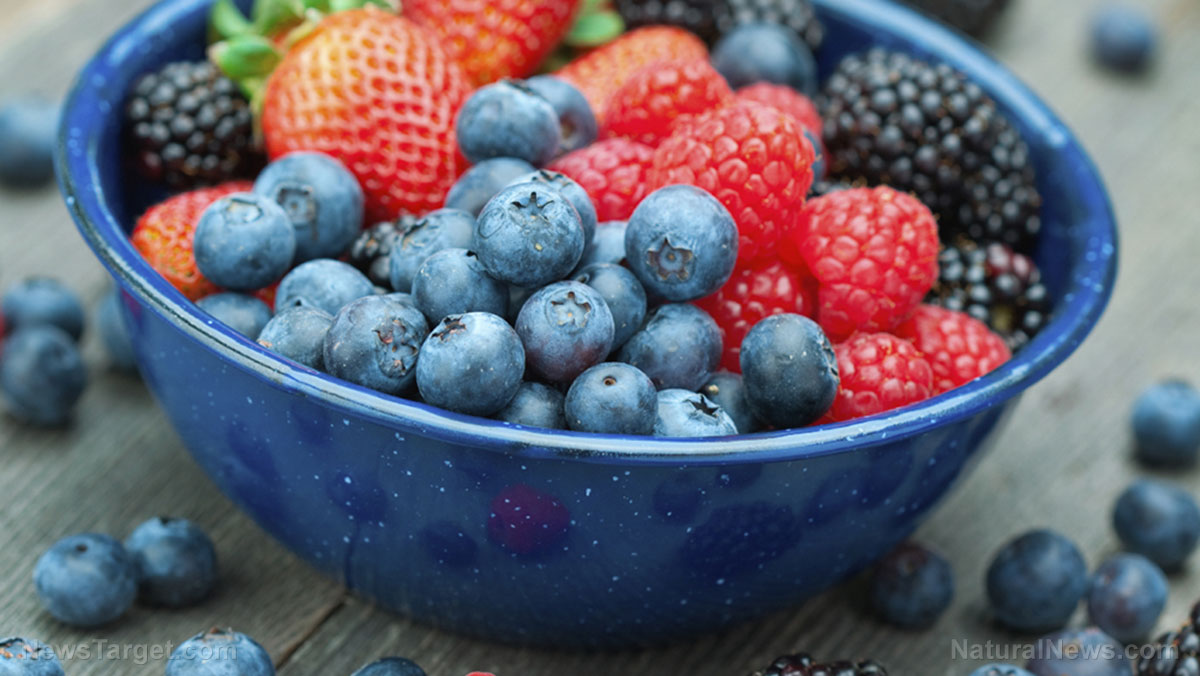
- Flavonoid-rich foods like strawberries, blueberries, and dark chocolate may slash heart attack risk by 34%.
- Women consuming three servings of berries weekly saw dramatic reductions in frailty and mental decline.
- Red wine and green tea also linked to lower inflammation and better aging outcomes.
- Western diets neglect these powerful compounds — here’s how to reclaim them.
The science behind nature’s longevity elixir
A landmark study published in The American Journal of Clinical Nutrition followed over 86,000 adults for 24 years, revealing that those who consumed the most flavonoid-rich foods — like apples, berries, and tea — were 15% less likely to become frail, 12% less likely to suffer physical decline, and 12% less likely to experience mental health struggles compared to those who neglected these foods. The Nurses’ Health Study II delivered even more striking results: Women who ate three or more servings of blueberries and strawberries weekly had a 34% lower risk of heart attacks — a statistic that should make Big Pharma executives nervous. Flavonoids, the vibrant pigments that give plants their colors, are nature’s original anti-aging medicine. They work by neutralizing free radicals, reducing chronic inflammation, and improving blood vessel function. Yet, despite their proven benefits, mainstream dietary guidelines barely mention them. "The Western diet is flavonoid-starved," says Dr. Eric Rimm of Harvard University, a co-author of the study. "We’ve replaced these protective compounds with processed sugars and refined grains, and our health is paying the price."The top flavonoid powerhouses you’re probably not eating enough of
Here’s a breakdown of 10 critical flavonoids and where to find them:- Quercetin – Apples, onions, capers, kale, cherries, red wine, green tea, citrus fruits, broccoli, berries.
- Epicatechin – Dark chocolate, green tea, black tea, apples, grapes, red wine, pears, raspberries, fava beans.
- Anthocyanins – Blueberries, blackberries, strawberries, red cabbage, purple grapes, elderberries, raspberries, plums, blood oranges, eggplant.
- Catechins – Green tea, black tea, cocoa, apples, pears, peaches, apricots, red wine, broad beans, black grapes.
- Kaempferol – Kale, spinach, broccoli, green tea, strawberries, grapes, tomatoes, Brussels sprouts, apples, grapefruit.
- Hesperidin – Oranges, lemons, grapefruit, tangerines, limes, peppermint, bell peppers, tomatoes, berries.
- Naringenin – Grapefruit, oranges, tomatoes, cherries, cocoa, bergamot, lemons, limes, tangerines, water mint.
- Apigenin – Parsley, celery, chamomile tea, oregano, basil, cilantro, onions, oranges, grapefruit, rutabaga.
- Luteolin – Celery, parsley, thyme, green peppers, chamomile tea, carrots, olive oil, peppermint, rosemary, oregano.
- Proanthocyanidins – Dark chocolate, cranberries, apples, grapes, red wine, cinnamon, peanuts, strawberries, blueberries, pecans.
Why women benefit more — and what men can do
One puzzling finding? Women saw stronger protective effects than men, particularly with berries and red wine. Researchers speculate this could be due to hormonal differences, lower baseline inflammation, or even the fact that women in the study were more likely to be smokers (flavonoids are especially protective for those exposed to oxidative stress). But men shouldn’t despair — those who prioritized flavonoid-rich foods still lowered their risk of mental decline by 12%, with tea and dark chocolate showing particular promise. In an era where processed foods dominate grocery shelves, the study’s most urgent message is this: flavonoids are not optional. They’re a non-negotiable part of human nutrition, ignored at our peril. As Nicola Bondonno, lead author of the study, puts it: "The data suggests that even small increases — just three extra servings per day — can shift the trajectory of aging." So, the next time you reach for a snack, ask yourself: Will this feed disease — or fight it? The answer might lie in a humble apple, a stick of peppermint, a square of dark chocolate, or a cup of tea. Sources include: StudyFinds.org ScienceDirect.com Nature.comThe mouth-brain connection: Could dental health guard against dementia (and vice versa)?
By Willow Tohi // Share
Lard: A highly nutritious but misunderstood superfood
By Laura Harris // Share
Oranges: A nutrient-packed superfood with timeless benefits
By Laura Harris // Share
The art of dehydration: How Organic Apples become perfectly chewy, nutritious snacks
By HRS Editors // Share
From pills to plates: The nutraceutical revolution redefining disease prevention
By Belle Carter // Share
Governments continue to obscure COVID-19 vaccine data amid rising concerns over excess deaths
By patricklewis // Share
Tech giant Microsoft backs EXTINCTION with its support of carbon capture programs
By ramontomeydw // Share
Germany to resume arms exports to Israel despite repeated ceasefire violations
By isabelle // Share

